Infectious spleen and kidney necrosis virus threatens fisheries and aquaculture but one test can now identify all three ISKNV variants
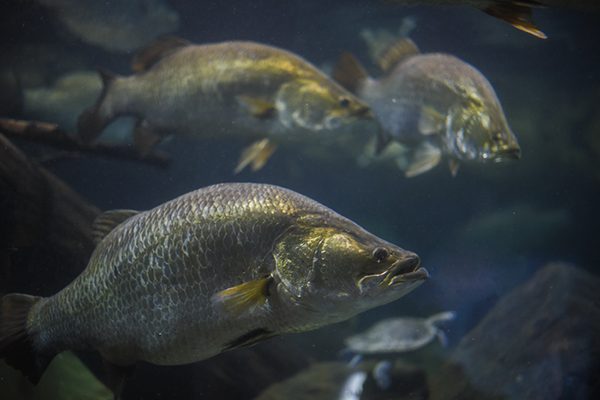
Scientists at the University of Sydney (Australia) and the University of Florida (USA) have developed a new genetic test for the infectious spleen and kidney necrosis virus (ISKNV) that is deadly in fish, affecting aquaculture and ornamental fish varieties worldwide.
ISKNV has three known variants but validated tests to identify the virus only pick up two of these variants. The study, published in PLOS One, demonstrates a single test for all three genomic variants of the virus, which can kill 50 to 100 percent of fish infected.
The third variant – known as TRBIV – is an emerging pathogen and causing fish deaths in barramundi farms in Southeast Asia. While the disease caused by the virus is reportable to the World Organisation for Animal Health (WOAH), TRBIV is not included in the WOAH testing requirements.
“The emerging TRBIV variant is a risk to the Australian barramundi industry,” said Joy Becker, corresponding author of the paper and an associate professor at the School of Life and Environmental Sciences at the University of Sydney. “Our new diagnostic test is the most advanced in addressing WOAH requirements for test validation. It can detect all three variants of the virus with very high sensitivity and specificity. Once validated, we expect this diagnostic test will help keep this exotic virus out of Australia.”
While ISKNV has not been detected in wild fish stocks in Australia, it is regularly detected in ornamental fish in quarantine at the international border and in retail pet shops, according to the Australian Department of Agriculture.
“Exotic disease incursions are one of the biggest risks for our wild and farmed fish,” said Becker. “The ISKN virus, which now includes the TRBIV variant, is a risk to Australian species, including barramundi and Murray cod. Our diagnostic test is designed to detect all three variants and provides the stringency we need to uphold Australia’s world-class biosecurity.”
Follow the Advocate on Twitter @GSA_Advocate
Now that you've reached the end of the article ...
… please consider supporting GSA’s mission to advance responsible seafood practices through education, advocacy and third-party assurances. The Advocate aims to document the evolution of responsible seafood practices and share the expansive knowledge of our vast network of contributors.
By becoming a Global Seafood Alliance member, you’re ensuring that all of the pre-competitive work we do through member benefits, resources and events can continue. Individual membership costs just $50 a year.
Not a GSA member? Join us.
Author
Tagged With
Related Posts
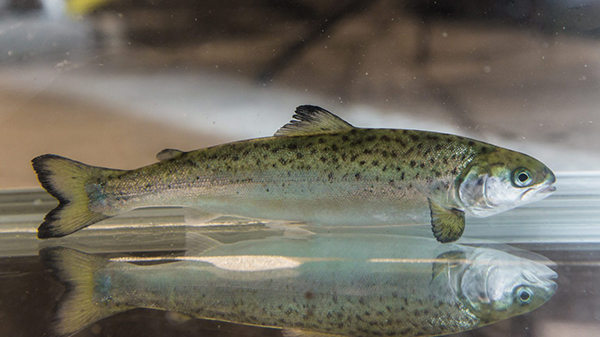
Health & Welfare
Health test for salmon smolt may improve survival chances
Nofima scientists have developed a test that measures the immune status of salmon smolt that could increase the smolts’ chances of survival.
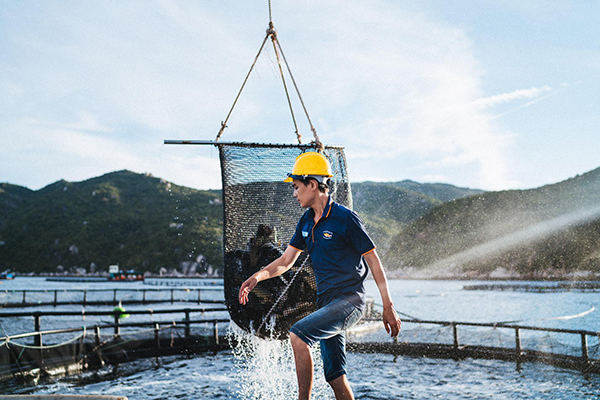
Health & Welfare
Collaborative genetics program in Vietnam leads to big FCR gains with barramundi
Xelect's advanced genetics-based breeding program with Australis Aquaculture has resulted in major feed-efficiency gains with barramundi.
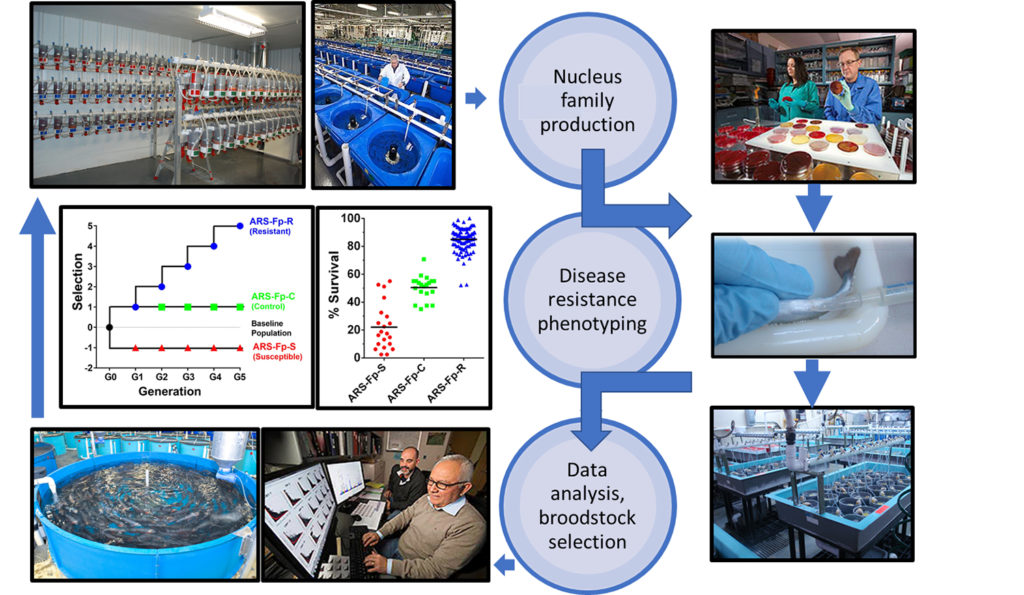
Health & Welfare
Genetic improvement of disease resistance through selective breeding
This study, involving more than 10 years of research on selective breeding, has shown that selective breeding can create considerable phenotypic divergence in rainbow trout lines when targeting a specific pathogen.
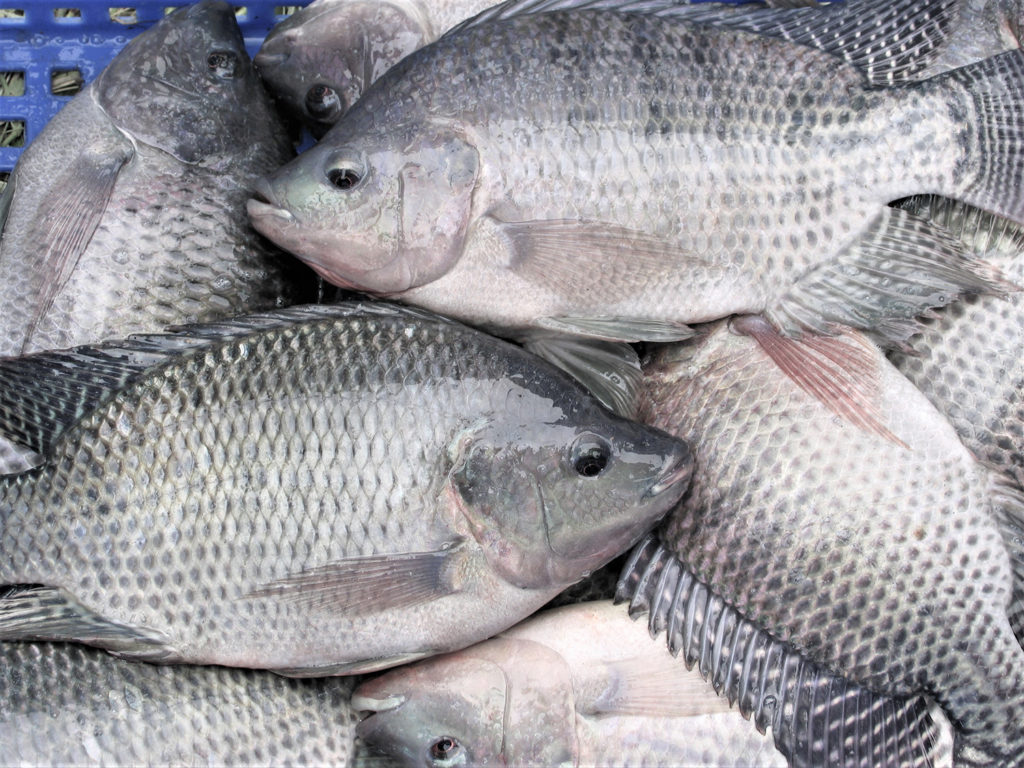
Intelligence
First full reference genome for a genetically improved tilapia strain could aid global food security
Scientists say the reference genome for a genetically improved tilapia strain can be a "baseline" for breeding beneficial traits.



